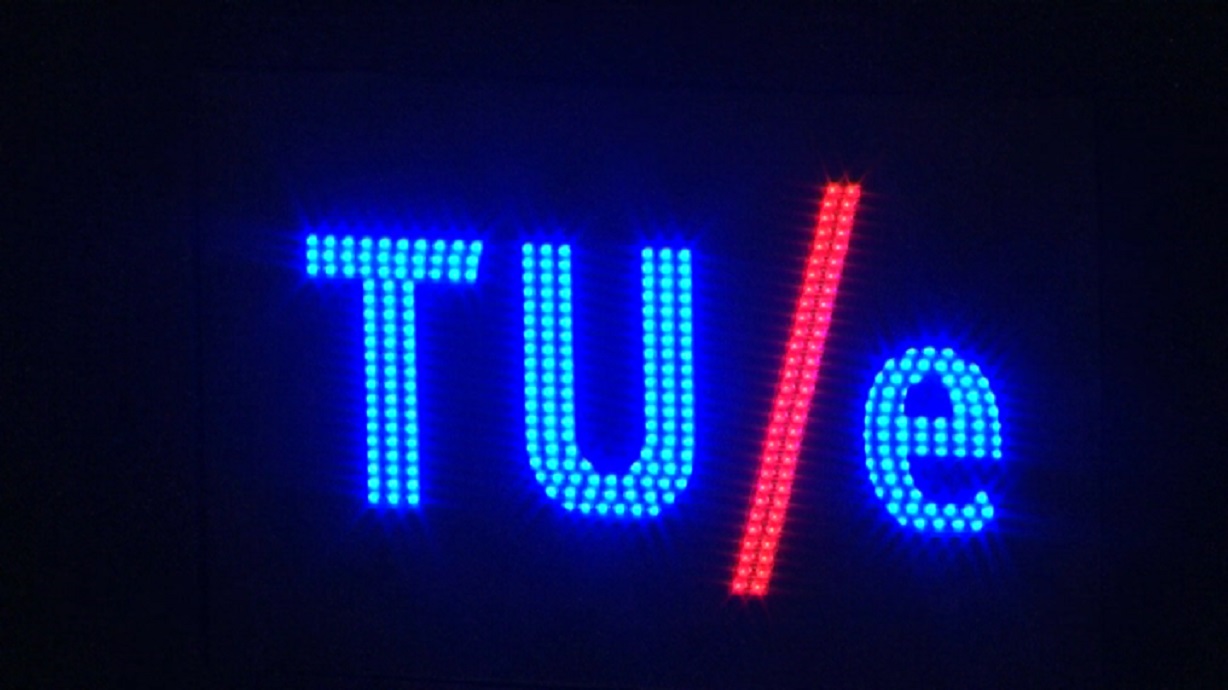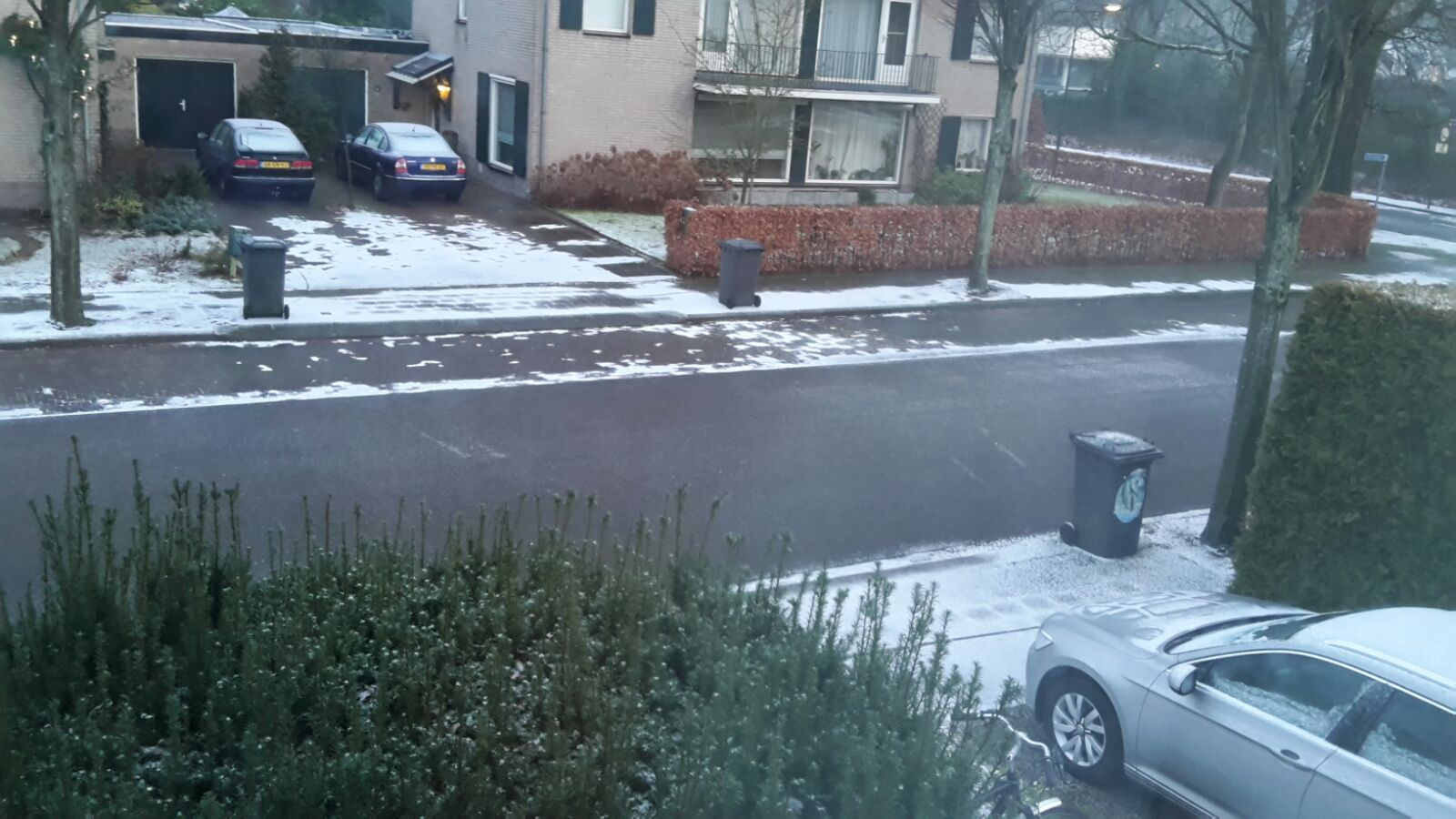Researchers at TU/e have developed a nano-led that is 1000 more effective than its predecessors. This is an important achievement because it opens the door to faster communication between microchips.
In the enormous growth of data traffic worldwide, the communication between microchips is, at the moment, a weak point. Data exchange between microchips is now still happening electronically, while optical data exchange is, likely, the future. Look at, for example, the replacement of electrical cables with fibre optic cables.
But before information can be exchanged via light, a suitable source of light is needed. Here TU/e has taken a large step forward: at the university a nano-led has been developed that is small enough to fit into the microscopic structure of a microchip, but is also effective.
This breakthrough does not mean the technology will be installed en masse as it is not that far advanced yet.
Source: Studio040
Translator: Melinda
















